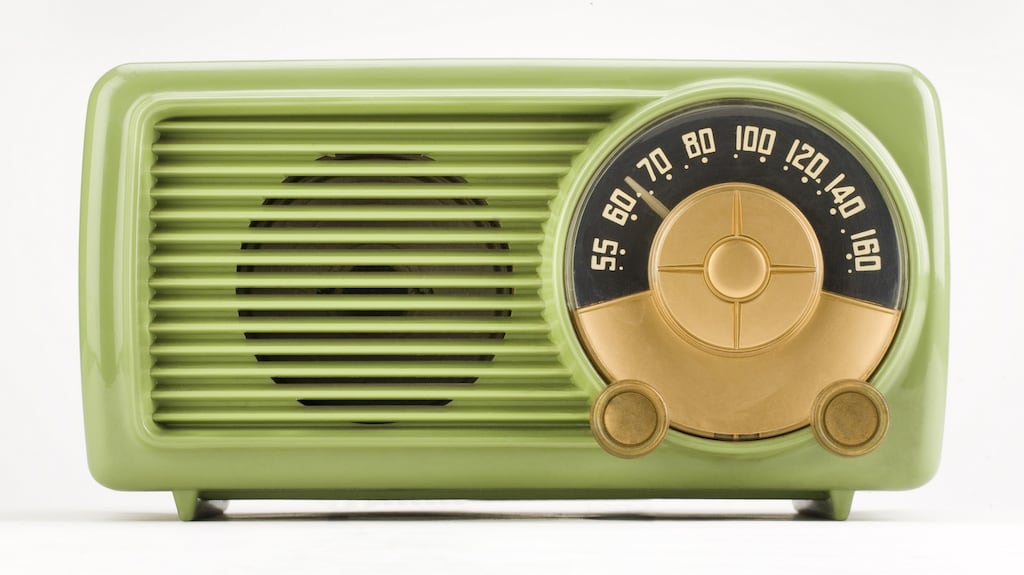In 1909, a Belgian chemist named Leo Baekeland was granted a US patent for a “method of making insoluble products of phenol and formaldehyde” – we know it by the catchier name, bakelite, the first synthetic plastic. Its impact was immense, easily fulfilling – and exceeding – its advertising slogan “The Material of 1,000 uses”. A genius scientist, Baekeland had already made a fortune developing the first commercially successful photographic paper, and his next experimentation saw him attempting – like many others at the time – to replicate natural resins and fibres in the lab. His new synthetic resin, when combined with fillers such as wood or asbestos, could be moulded into all manner of shapes and its invention ushered in the plastic era. Bakelite was quickly adopted by designers and made into household objects ranging from telephones to clocks, door knobs to radios. Lightweight, durable and available in many colours it was particularly popular with jewellery designers. By the 1950s other more malleable plastics were coming on stream edging bakelite out of fashion.
Design Moment: Bakelite, 1909
Designers made the material into objects ranging from telephones to door knobs


